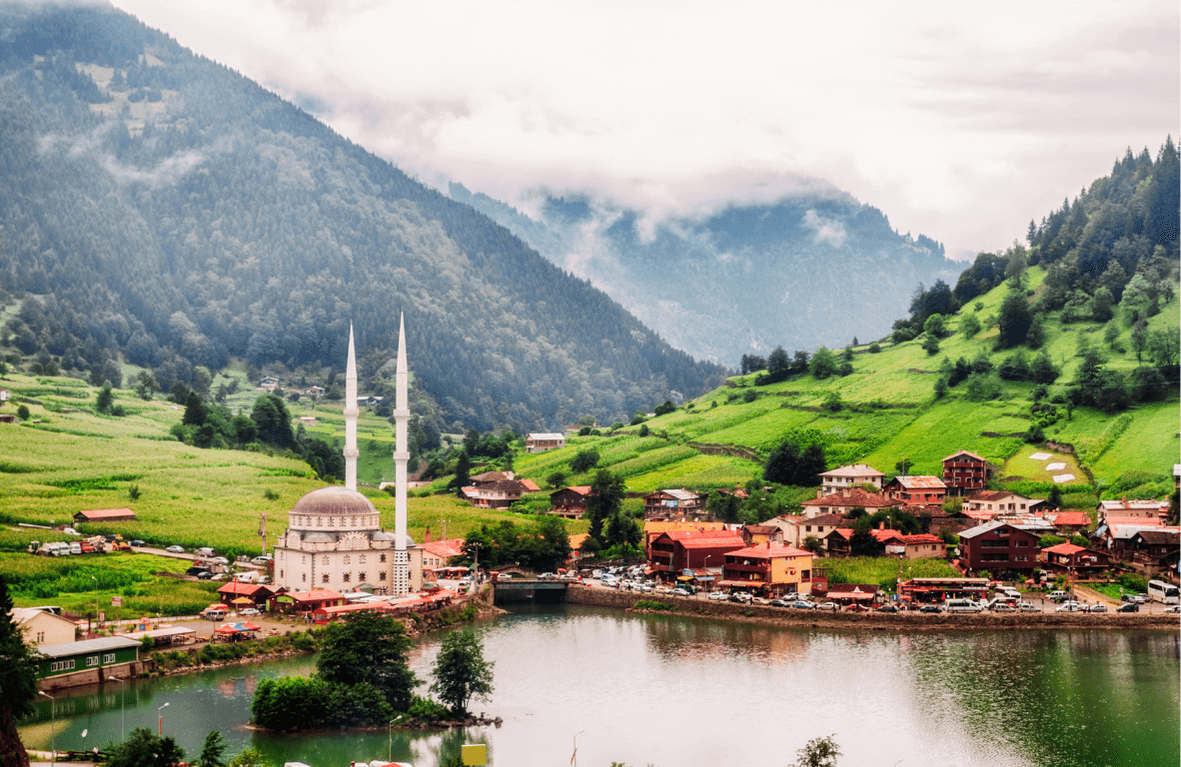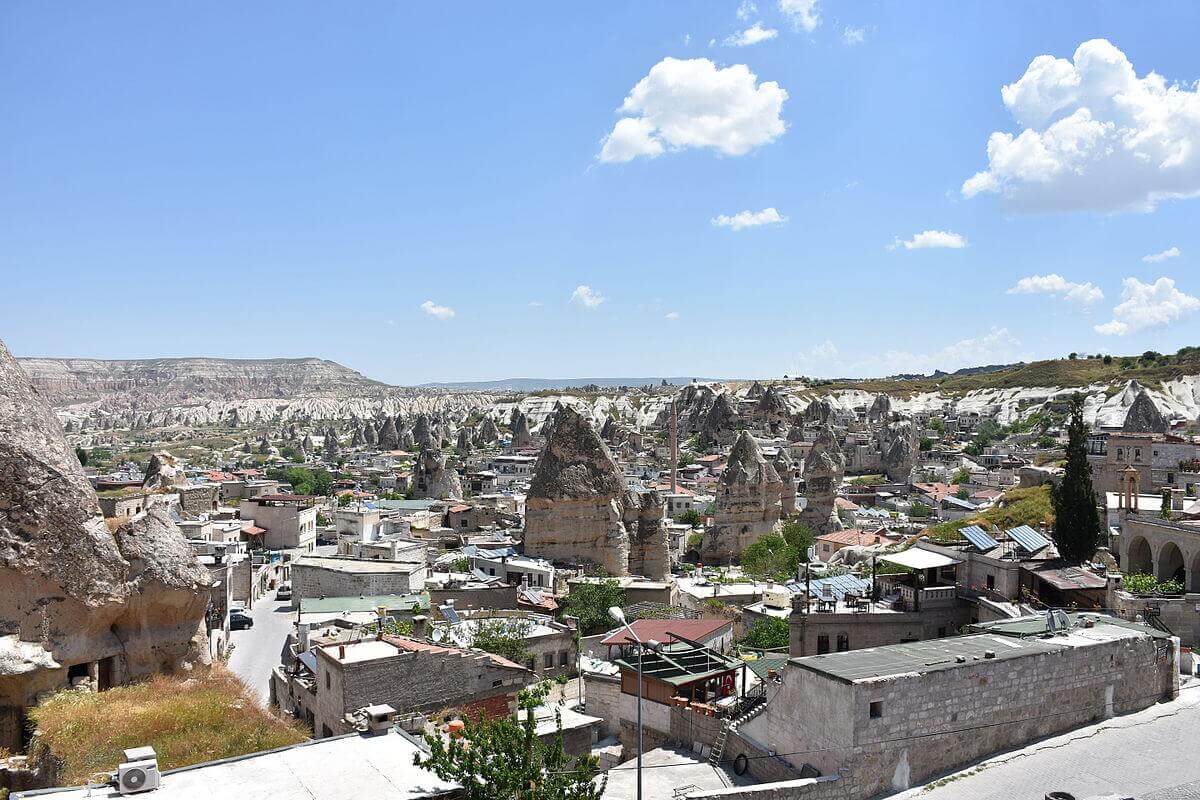Nestled on the captivating Black Sea coast, Trabzon is a hidden gem waiting to be discovered. With its lush landscapes, rich history, and warm hospitality, this Turkish city offers a unique blend of natural beauty and cultural treasures. In this comprehensive Trabzon travel guide, we’ll uncover the secrets of this enchanting destination and help you plan a memorable journey.
Overview of Trabzon:
History: Trabzon, historically known as Trebizond, boasts a rich and diverse history dating back thousands of years. The city has been influenced by various civilizations, including the Greeks, Romans, Byzantines, and Ottomans. It served as a crucial trading and cultural hub, contributing to its unique historical tapestry. Notable historical landmarks include the Hagia Sophia of Trabzon, a testament to the city’s Byzantine heritage.
Culture: Trabzon’s culture is a captivating blend of traditions, reflecting influences from its diverse history. The locals are known for their warm hospitality, and visitors can experience traditional Turkish customs, cuisine, and arts. The city hosts cultural events and festivals, providing a glimpse into its vibrant heritage. Traditional music, dance, and crafts are integral parts of Trabzon’s cultural identity.
Significance: Trabzon holds strategic importance due to its historical role as a key trade route and a gateway between Asia and Europe. The city’s economic significance is complemented by its cultural and architectural treasures, attracting tourists seeking a unique blend of history and natural beauty. Trabzon plays a crucial role in Turkey’s regional identity, contributing to the country’s rich tapestry.
Geographical Information and Map:
Location: Trabzon is located on the northeastern coast of Turkey, overlooking the Black Sea. It is nestled between lush green mountains and the sea, creating a picturesque landscape. The city’s geographical position has influenced its climate, characterized by mild summers and relatively cool winters.
Topography: Surrounded by mountains, Trabzon features a diverse topography that includes valleys, rivers, and plateaus. The region is known for its stunning natural attractions, including the iconic Uzungöl, a picturesque lake surrounded by dense forests.
Map:

